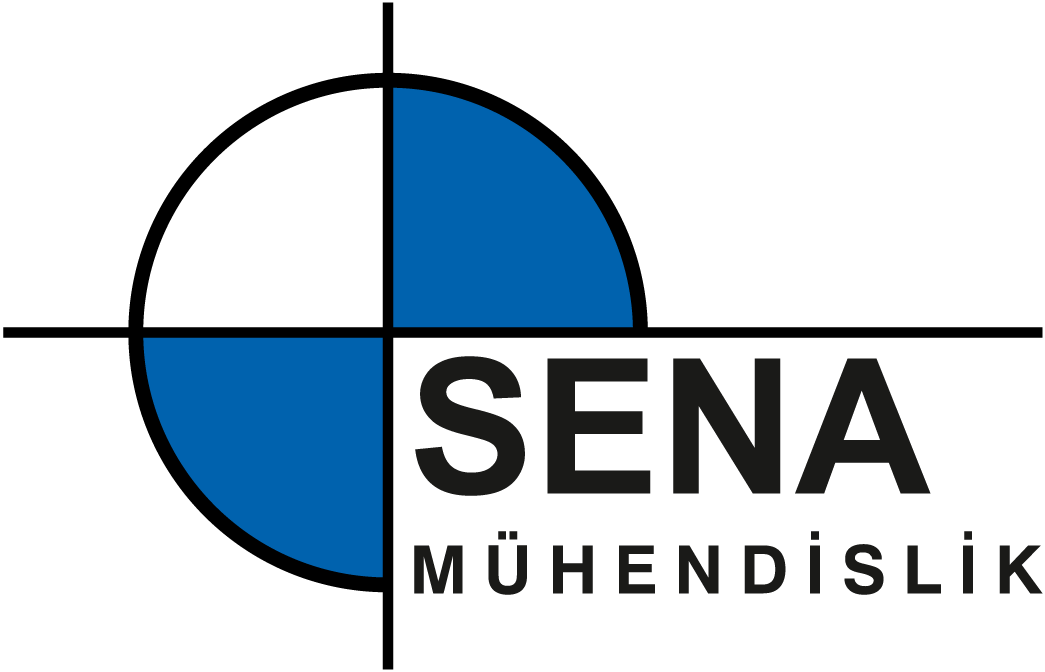Such as typical after that memories perception analyses, i continued inside an elementary hierarchical GLM observed when you look at the SPM12
Further memories consequences
First-top analyses had been conducted to recognize subject-certain memory-relevant activations. Regressors acting brand new onsets and duration of stimuli occurrences had been convolved that have good canonical hemodynamic effect means (HRF). More accurately, the fresh new design made up regressors having switch clicks modeled since the adhere/delta qualities, visualize demonstrations (IAPS photo later on appreciated, IAPS images later on not recalled, primacy and you can recency) modeled that have an epoch/boxcar mode (duration: 2.5 s), and you can score bills modeled that have a keen epoch/boxcar intent behind variable stage (depending on in the event that next button force taken place). Serial correlations was basically removed having fun with an initial-order autoregressive model, and you will a leading-violation filter (128 s) was applied to get rid of reduced-frequency audio. Half dozen movement parameters have been also registered since nuisance covariates. The newest compare guess “IAPS images later recalled-IAPS photos later perhaps not remembered” try determined for each and every subject and you may put given that type in into the following classification-peak analyses: further memory outcomes and you will notice–behavior correlations.
The group-level analysis considered the average activation for the “IAPS pictures later recalled-IAPS pictures later not recalled” contrast and was implemented in MRTools’ GLM Flex Fast2 ( The model included age, sex, and batch effects (two MR gradient changes, one MR software upgrade, and lindas mujeres Lituania one of two rooms in which subjects completed the free recall task) as additional regressors. Whole-brain two-sided FWE correction for multiple comparisons was applied at a threshold of p < 0.05,>
Further thoughts effects managed to have memorability
Next recollections effects analyses offered visualize memorability were and additionally presented. Visualize memorability is actually identified as the average 100 % free keep in mind score away from an image; more than 1739 sufferers performed this totally free recall activity, in addition to men and women from this analysis. First-height designs was basically manage, including the following regressors: IAPS pictures presentation, geometrical numbers demonstration, score balances demonstration, key clicks, and you can six course parameters (not convolved to your HRF). On the other hand, a couple of parametric regressors (PM) had been extra towards “IAPS photos” regressor: (1) memorability-PM: visualize memorability rating of each and every picture; (2) personal recollections-PM: if the visualize is actually appreciated or not. This new PM regressors is orthogonalized depending on the unmodulated regressor, in addition to second PM was orthogonalized with respect to the very first that. The brand new translation toward unmodulated regressor ‘s the imply activation all over products. The brand new thoughts-PM regressor captures thoughts-related variability of your Challenging effect that is not informed me by the (a) new canonical HRF (indicate activation) and you can (b) variability on account of memorability outcomes.
The group-level analyses considered the average activations for the memory-PM and memorability-PM regressors. The model included age, sex, and batch effects (two MR gradient changes, one MR software upgrade, and one of two rooms in which subjects completed the free recall task) as additional regressors. Whole-brain two-sided FWE correction for multiple comparisons was applied at a threshold of p < 0.05,>
Then recollections consequences managed getting arousal
Similar to the research exploring subsequent thoughts consequences regulated having memorability, we investigated just how visualize stimulation affects then memories. Picture arousal was recognized as the average stimulation get off good visualize, averaged more 1739 subjects one to performed which encryption task, including men and women out of this data. A comparable parametric modulation analysis is actually configurations, using the following the one or two parametric regressors: (1) arousal-PM: the picture stimulation score of every image; (2) subjective recollections-PM: whether or not the picture try appreciated or otherwise not. Contained in this context, this new memory-PM regressor catches recollections-related variability of Bold response that is not explained by the (a) the brand new canonical HRF (mean activation) and you will (b) variability because of arousal outcomes.
The group-level analysis considered the average activation for the memory-PM regressor. The model included age, sex, and batch effects (two MR gradient changes, one MR software upgrade, and one of two rooms in which subjects completed the free recall task) as additional regressors. Whole-brain two-sided FWE correction for multiple comparisons was applied at a threshold of p < 0.05,>
